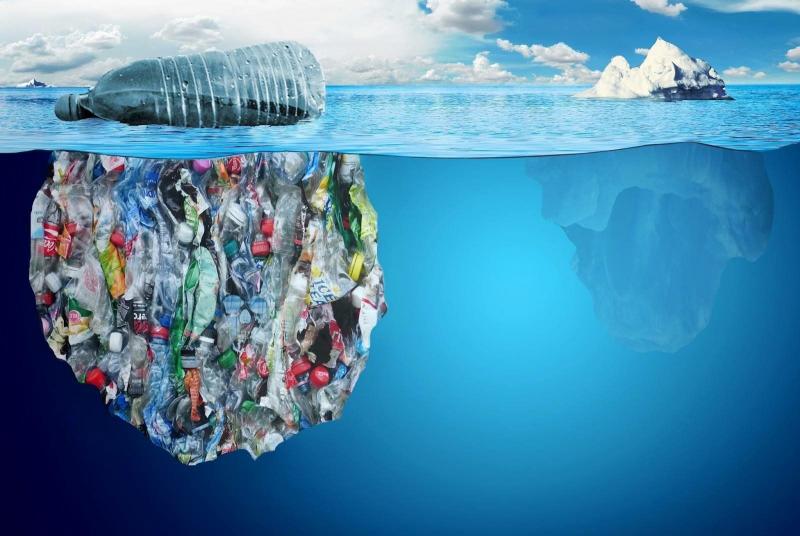Global Microplastic Recycling Market is set to grow at highest pace owing to rising concerns over plastic pollution
Microplastics are tiny pieces of plastic that are less than 5 mm in length. They are generated from a number of sources including microbeads used in personal care products, washing up bottles, and synthetic fiber shedding from clothes. Microplastics play a huge role in polluting aquatic bodies and oceans. They pose a threat to marine life and wildlife that mistakes them for food. Given the growing menace of microplastics, the need to manage and recycle microplastics has assumed importance.
The Global Microplastic Recycling Market is estimated to be valued at US$ 276.6 MN in 2024 and is expected to exhibit a CAGR of 7.0% over the forecast period 2024 to 2031.
The market is driven by rising concerns over plastic pollution and growing environmental awareness. Stringent regulations regarding the usage of plastic microbeads have also boosted the demand for recycling of microplastics.
Key Takeaways
Key players operating in The Global Microplastic Recycling Market are Polygonesystems, PlanetCare, ECOFARIO, Ocean Diagnostics, Oceanworks, Matter, Carbios, Purecycle technologies, Ioniqa, and Calyxia. These companies are investing in R&D to develop innovative technologies for effective collection and recycling of microplastics.
The demand for microplastic recycling is growing due to the huge amounts of microplastics that are entering oceans and polluting water bodies every year. According to estimates, over 8 million tons of plastic waste enters oceans annually, out of which a large portion constitutes microplastics.
Technological advancements are playing a crucial role in driving the microplastic recycling market. Companies are focusing on developing enhanced waste collection systems, sorting and extracting technologies that can detect, collect, and separate microplastics from other waste. Advanced recycling processes are helping achieve higher recycling rates of microplastics.
Market Trends
One of the key trends in the microplastic recycling market is the development of automated techniques for extraction of microplastics from waste streams. Companies are innovating AI-based machine learning algorithms and digital imaging technologies for accurate identification and separation of microplastics.
Another major trend is the increasing focus on chemical recycling of microplastics. Advanced pyrolysis and hydrothermal processes are being commercialized to break down microplastics into their basic hydrocarbon components to manufacture new plastic products or fuels. This helps achieve circular recycling of plastics.
Market Opportunities
One of the major opportunities for market players is investing in technologies to collect microplastics from wastewater as a vast amount of microplastics enters waterways via washing of clothes and other sources. Developing automated technologies for wastewater treatment plants presents a lucrative avenue.
Another key opportunity is collaborating with apparel brands, textile companies and governments to set up take-back programs for clothes and implementEXTENDED PRODUCER RESPONSIBILITY measures. This can boost supply of feedstock for recycling firms to tap into the post-consumer textile waste stream.
Impact of COVID-19 on the Global Microplastic Recycling Market growth
The COVID-19 pandemic has severely impacted the growth of the global microplastic recycling market. During the initial phase of the pandemic in 2020, lockdowns and restrictions imposed by various governments led to the closure of numerous manufacturing facilities and disruption of supply chains. This adversely affected the demand for microplastic recycling services. With decreased economic activities, collection and recycling of plastic waste reduced significantly. However, with rising awareness about environmental protection and sustainability, the focus on tackling plastic pollution increased during the pandemic. Various initiatives were launched by public and private organizations to limit plastic usage and promote recycling. With restrictions being gradually lifted from 2021, manufacturing activities resumed and the microplastic recycling market revived. Though challenges around labor shortage and high operational costs persisted, the market is recovering steadily and expected to grow at a robust pace in the coming years supported by policy interventions and technological innovations.
Geographical regions of concentration for the Global Microplastic Recycling Market
In terms of value, Europe currently dominates the global microplastic recycling market accounting for over 40% of the total revenues. Major European countries leading the market include Germany, United Kingdom, France, Italy and Spain. Stringent environmental regulations related to plastic waste management and higher recycling rates in the region have propelled market growth. Asia Pacific is another key geographical region registering significant demand for microplastic recycling services. China stands out as the top country in the APAC microplastic recycling market with sizeable collection and processing volumes. Rapid industrialization and urbanization along with the implementation of national policies encouraging circular economy are fueling the market expansion in Asia Pacific. North America is steadily emerging as another lucrative market for microplastic recycling supported by advanced R&D activities and new product launches.
Fastest growing region in the Global Microplastic Recycling Market
Asia Pacific is poised to be the fastest growing region in the global microplastic recycling market during the forecast period from 2024 to 2031. The availability of large plastic waste streams, rising environmental awareness, supportive government initiatives as well as presence of global players in Asia's developing markets are contributing to its exponential growth rate. In particular, countries like India, Indonesia, Vietnam, Philippines and Thailand are attracting considerable investments and technological upgrades in plastic recycling infrastructure, thereby offering significant opportunities. Also, new recycling facilities and collaborative efforts between public-private stakeholders will help accelerate the market expansion in Asia Pacific. Consequently, Asia Pacific will likely emerge as a major regional market for microplastic recycling globally by 2031.
Get More Insights On Microplastic Recycling Market
